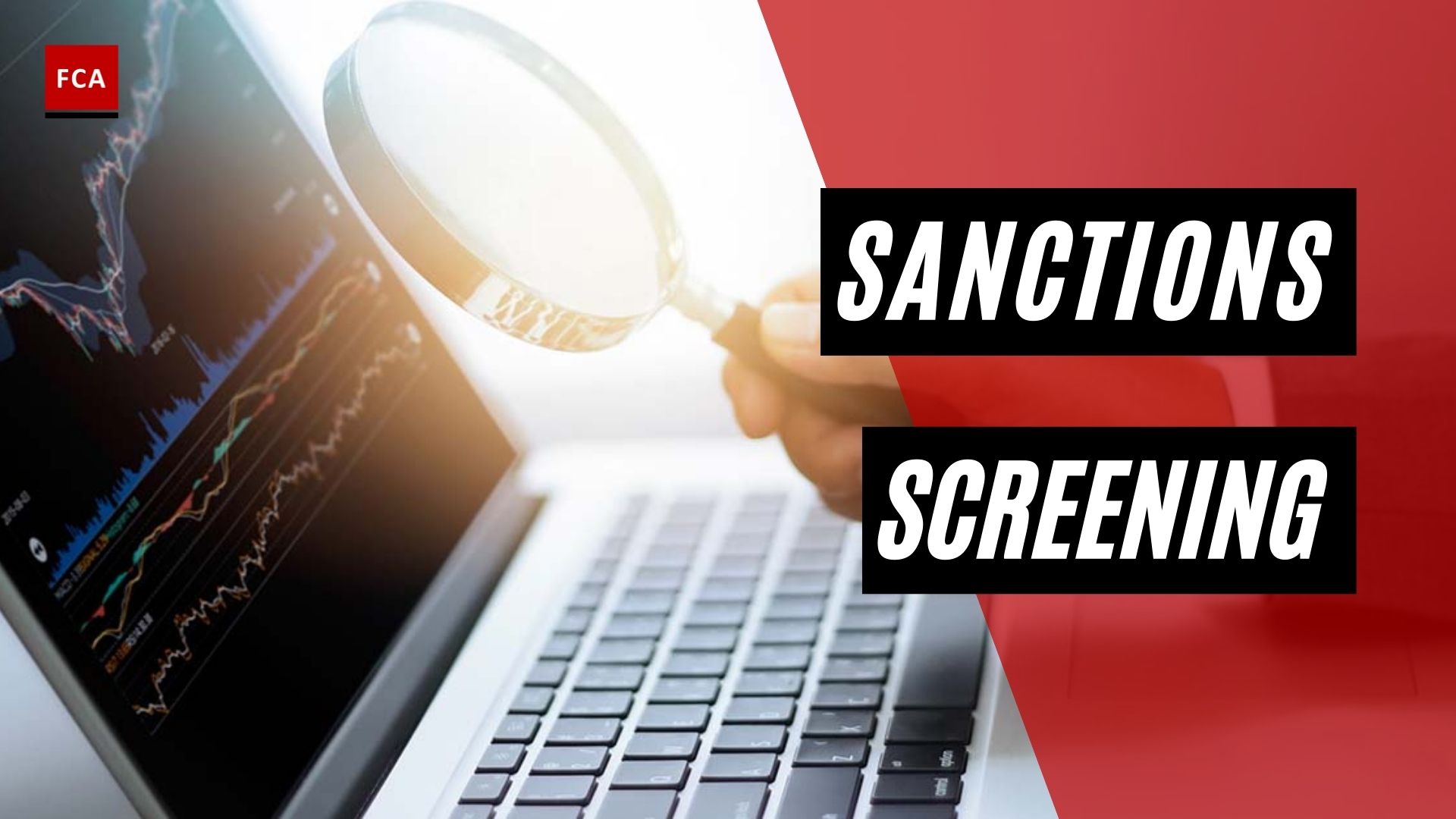The organization establishes an operating structure and designs reporting lines to carry out the strategy and business objectives. The organization must clearly define reporting lines in the form of an organogram. The reporting lines are indicative of the ownership of different departments and functions. Reporting lines segregate the business functions with the operations, and according to the reporting lines, the regulatory requirements are disseminated.
Compliance involves identifying the right stakeholders, clarified from the defined reporting lines. Different operating structures and reporting lines may result in different perspectives of compliance risk, affecting compliance risk management practices. For example, assessing compliance risk within a decentralized reporting structure may indicate few risks. In contrast, the view within a centralized model may indicate a concentration of compliance risk relating to certain customer types or foreign exchange exposure.

Factors To Consider Regarding the Reporting Lines
The following includes the factors to consider when establishing and evaluating reporting lines:
- Entity’s strategy and business objectives
- Nature, size, and geographic distribution of the entity’s business
- Risks related to the entity’s strategy and business objectives
- The assignment of authority, accountability, and responsibility to all levels of the entity
- Type of communication channels and reporting lines, such as direct reporting or solid line versus secondary reporting
- Financial, tax, regulatory, and other reporting requirements
The organization considers these and other factors when deciding what reporting lines to adopt. For example, the board of directors determines which management roles have at least a dotted line to the board to allow for open communication of significant compliance breaches and issues. Similarly, direct reporting and informational reporting lines are defined at all levels of the organization, which must be considered when assessing the compliance risks and corporate compliance.
The management plans to organize and carry out the strategy and business objectives following its mission, vision, and core values. Consequently, management needs information on how compliance risk associated with the strategy occurs across the entity. One example of a commonly used method of gathering such information is to delegate the responsibility to a compliance committee. The compliance committee members are typically executives, or senior leaders appointed or elected by management, and each contributes individual skills, knowledge, and experience towards regulatory compliance.

Entities with complex structures may have several committees, each with different but overlapping management membership. This multi-committee structure is then aligned with the operating structure and reporting lines, which allows management to make business decisions as needed, with a full understanding of the risks embedded in those decisions.
Regardless of the particular management committee structure established, it is common to state the authority of the committee clearly, the management members who are a part of the committee, the frequency of meetings, and the specific responsibilities and operating principles. In some small entities, enterprise risk management oversight may be less formal, with management being much more involved in day-to-day decisions.
Final Thoughts
Reporting lines are organizational structures that define the manner in which employees report to one another. When applying for positions in a new company, it’s critical to understand the layout of reporting lines because it tells you who reports to you and who reports to you. Reporting lines hold employees accountable and ensure that all employees have someone to talk to if they need support, guidance, or assistance.








